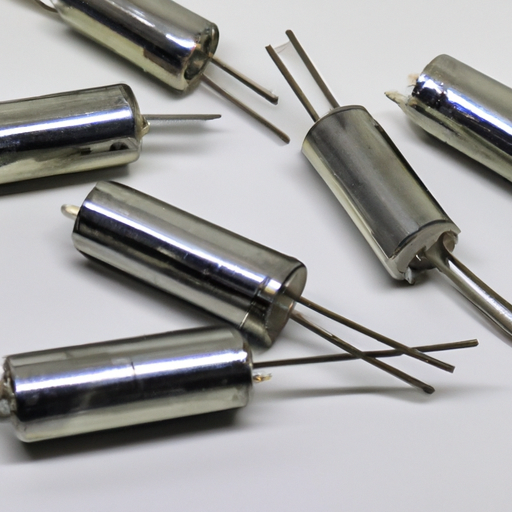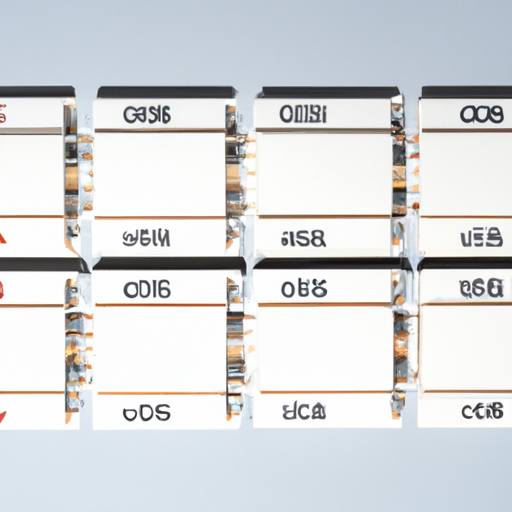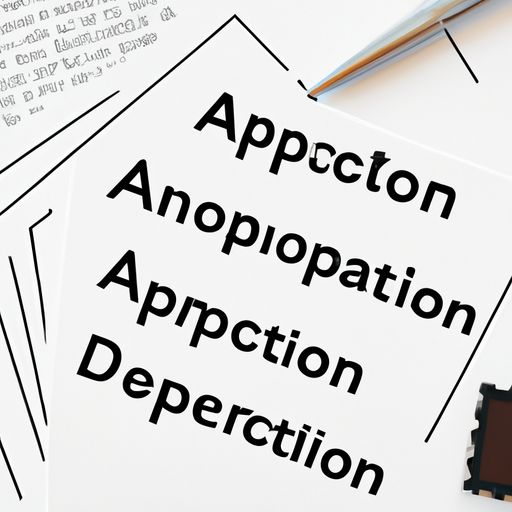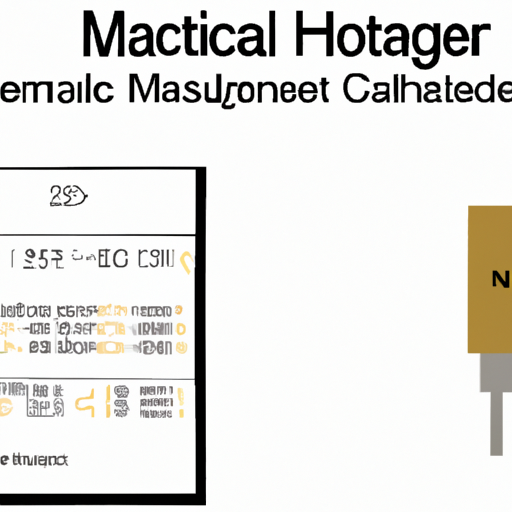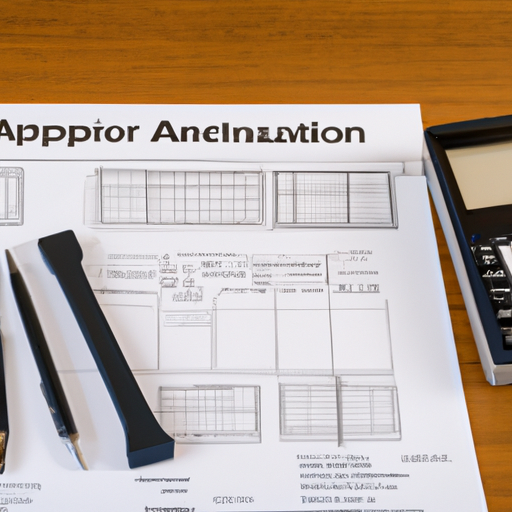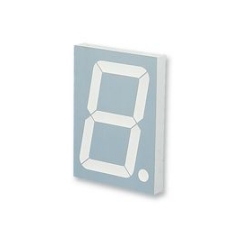What kind of product is a coupling capacitor?
What Kind of Product is a Coupling Capacitor?
I. Introduction
In the realm of electronics, coupling capacitors play a pivotal role in ensuring the smooth operation of various circuits. A coupling capacitor is a specific type of capacitor used to connect two circuits while allowing AC signals to pass through and blocking DC signals. This functionality is crucial in many applications, from audio equipment to radio frequency circuits. In this article, we will explore the fundamental principles of capacitors, the specific role of coupling capacitors, their characteristics, design considerations, advantages and disadvantages, real-world applications, and future trends in capacitor technology.
II. Basic Principles of Capacitors
A. Definition of a Capacitor
A capacitor is an electronic component that stores electrical energy in an electric field. It consists of two conductive plates separated by an insulating material known as a dielectric. When a voltage is applied across the plates, an electric field is created, allowing the capacitor to store energy.
B. How Capacitors Work
1. **Charge Storage**: Capacitors store energy in the form of an electric charge. When connected to a power source, electrons accumulate on one plate, creating a negative charge, while the other plate loses electrons, resulting in a positive charge. The amount of charge a capacitor can store is measured in farads (F).
2. **Voltage and Current Relationships**: The relationship between voltage (V), charge (Q), and capacitance (C) is defined by the equation \( Q = C \times V \). This means that the voltage across a capacitor is directly proportional to the charge stored and inversely proportional to its capacitance.
C. Types of Capacitors
Capacitors come in various types, each with unique characteristics suited for different applications:
1. **Electrolytic Capacitors**: Known for their high capacitance values, these capacitors are polarized and typically used in power supply circuits.
2. **Ceramic Capacitors**: These are non-polarized capacitors with a wide range of capacitance values, commonly used in high-frequency applications.
3. **Film Capacitors**: Made from thin plastic films, these capacitors are known for their stability and low loss, making them ideal for audio applications.
4. **Tantalum Capacitors**: These capacitors offer high capacitance in a small package and are often used in compact electronic devices.
III. The Role of Coupling Capacitors
A. Purpose of Coupling Capacitors in Circuits
Coupling capacitors serve a critical function in electronic circuits by facilitating signal transmission between different stages while blocking DC components. This is essential for maintaining the integrity of AC signals.
1. **Signal Transmission**: Coupling capacitors allow AC signals to pass from one stage of a circuit to another, ensuring that the desired signal is transmitted without distortion.
2. **AC Coupling and DC Blocking**: By blocking DC voltage, coupling capacitors prevent unwanted shifts in the operating point of subsequent stages, which can lead to distortion or signal loss.
B. Applications in Various Electronic Devices
Coupling capacitors are widely used in various electronic devices, including:
1. **Audio Equipment**: In audio amplifiers, coupling capacitors are used to connect different stages of amplification, ensuring that the audio signal remains clear and undistorted.
2. **Amplifiers**: Coupling capacitors are essential in both voltage and power amplifiers, allowing for effective signal transfer while isolating different amplifier stages.
3. **Radio Frequency Circuits**: In RF applications, coupling capacitors help in tuning circuits and signal processing, ensuring that the desired frequencies are transmitted effectively.
4. **Signal Processing**: Coupling capacitors are used in filters and other signal processing circuits to manage frequency response and signal integrity.
IV. Characteristics of Coupling Capacitors
When selecting a coupling capacitor, several key characteristics must be considered:
A. Capacitance Values
The capacitance value determines how much charge the capacitor can store and is crucial for ensuring proper signal transmission. Coupling capacitors typically range from picofarads (pF) to microfarads (µF).
B. Voltage Ratings
The voltage rating indicates the maximum voltage the capacitor can handle without breaking down. It is essential to choose a capacitor with a voltage rating higher than the maximum voltage it will encounter in the circuit.
C. Frequency Response
Coupling capacitors have a frequency response that affects how they perform at different frequencies. The reactance of a capacitor decreases with increasing frequency, allowing higher frequency signals to pass through more easily.
D. Equivalent Series Resistance (ESR)
ESR is a measure of the internal resistance of the capacitor, which can affect its performance, especially in high-frequency applications. Lower ESR values are generally preferred for coupling capacitors.
E. Temperature Stability
Temperature stability is crucial for maintaining consistent performance across varying environmental conditions. Some capacitor types, like ceramic and film capacitors, offer better temperature stability than others.
V. Design Considerations
A. Selecting the Right Coupling Capacitor
When designing a circuit, selecting the appropriate coupling capacitor involves several considerations:
1. **Capacitance Value Determination**: The required capacitance value can be calculated based on the impedance of the circuit and the desired frequency response.
2. **Voltage Rating Considerations**: Ensure that the voltage rating of the capacitor exceeds the maximum voltage in the circuit to prevent failure.
3. **Type of Capacitor Based on Application**: Choose the capacitor type that best suits the application, considering factors like size, performance, and cost.
B. Placement in Circuit Design
1. **Positioning for Optimal Performance**: The placement of coupling capacitors in a circuit can significantly impact performance. They should be positioned to minimize signal loss and distortion.
2. **Impact on Signal Integrity**: Proper placement helps maintain signal integrity, ensuring that the desired signals are transmitted without interference.
VI. Advantages and Disadvantages
A. Advantages of Using Coupling Capacitors
1. **Improved Signal Quality**: Coupling capacitors enhance signal quality by allowing only the desired AC signals to pass through while blocking DC components.
2. **Isolation of Stages in Amplifiers**: They provide isolation between different stages of amplifiers, preventing unwanted interactions that could degrade performance.
B. Disadvantages and Limitations
1. **Size and Weight Considerations**: Some types of coupling capacitors, particularly electrolytic capacitors, can be bulky, which may be a concern in compact designs.
2. **Frequency Limitations**: Coupling capacitors may have limitations in high-frequency applications, where their reactance can affect performance.
3. **Potential for Distortion**: If not selected or placed correctly, coupling capacitors can introduce distortion into the signal, impacting overall performance.
VII. Real-World Examples
A. Case Studies of Coupling Capacitors in Audio Amplifiers
In audio amplifiers, coupling capacitors are used to connect different amplification stages. For instance, in a typical audio amplifier circuit, coupling capacitors ensure that the audio signal is transmitted clearly from the input stage to the output stage, enhancing sound quality.
B. Use in Radio Transmitters and Receivers
Coupling capacitors are essential in radio transmitters and receivers, where they help filter and process signals. They allow for effective tuning and signal amplification, ensuring clear communication.
C. Examples in Modern Electronic Devices
In modern electronic devices, such as smartphones and tablets, coupling capacitors are used in various applications, from audio processing to signal conditioning, demonstrating their versatility and importance in contemporary electronics.
VIII. Future Trends and Innovations
A. Advances in Capacitor Technology
As technology advances, new materials and manufacturing techniques are being developed to create more efficient and compact capacitors. These innovations are expected to enhance performance and reduce size.
B. Emerging Applications in New Electronic Designs
With the rise of new technologies, such as electric vehicles and renewable energy systems, coupling capacitors are finding new applications in these fields, where efficient signal processing is crucial.
C. The Role of Coupling Capacitors in the Internet of Things (IoT)
In the IoT landscape, coupling capacitors will play a vital role in ensuring reliable communication between devices, enabling seamless data transfer and connectivity.
IX. Conclusion
Coupling capacitors are essential components in modern electronics, facilitating signal transmission while blocking unwanted DC components. Their unique characteristics and applications make them invaluable in various devices, from audio equipment to radio frequency circuits. As technology continues to evolve, coupling capacitors will remain a critical element in the design and functionality of electronic systems. For those interested in delving deeper into the world of capacitors, further exploration and study are encouraged.
X. References
A. Suggested readings and resources for further information on coupling capacitors and their applications include textbooks on electronics, academic papers, and articles from reputable electronics journals. These resources provide a wealth of knowledge for anyone looking to expand their understanding of this crucial electronic component.

